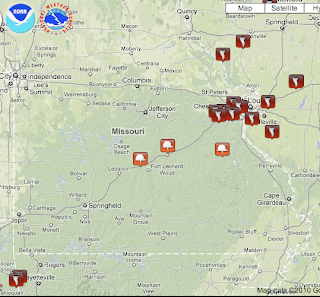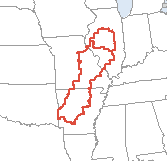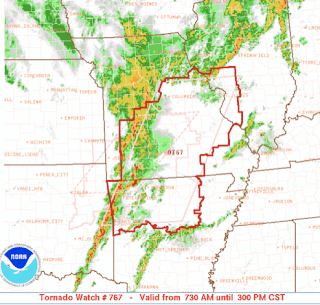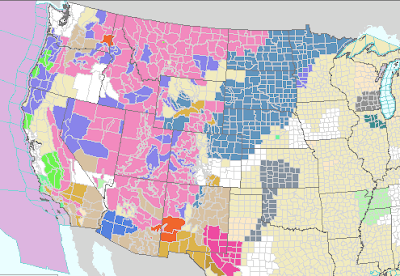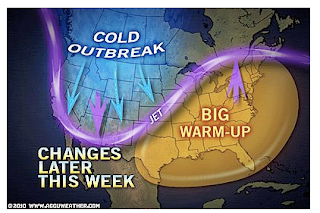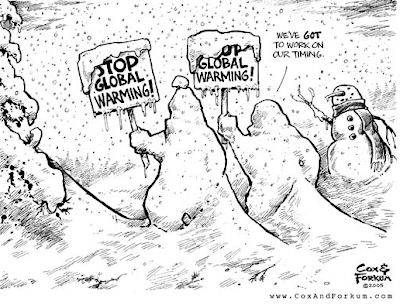Happy New Year!!!
Meteorological Musings is not intended to be a real-time weather site like AccuWeather's . However, we made an exception today because of seriousness of the threat combined with the fact that people do not expect tornadoes on New Year's Eve. I hope our readers found the coverage interesting and worthwhile. In case you missed it, I did post Part 3 of the global cooling series. It is here if you do not wish to wade through all of the tornado coverage. By the way, Harry Smith's CBS Evening News this evening mentioned that there was "just" 9 minutes of warning of the pre-dawn tornado at Cincinnati, Arkansas this morning. I can state with near certainty that, 25 years ago, there would have been zero warning. There are eyewitness reports the tornado sirens were going off before the tornado arrived. My point in bringing this up is to illustrate how good the warning system has become. The first watch was issued about 5 hours in advance with time to take precauti


